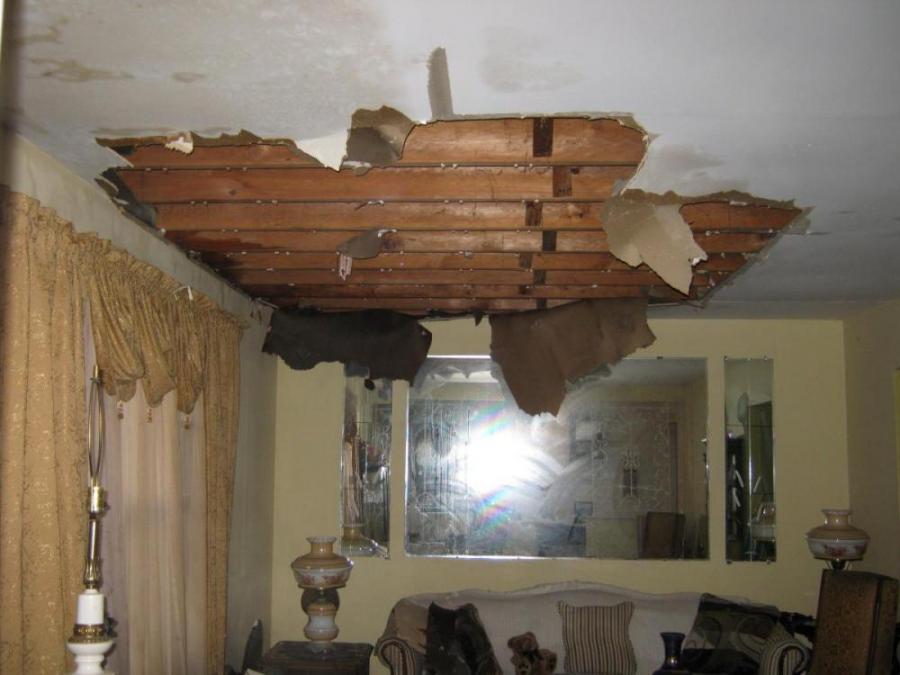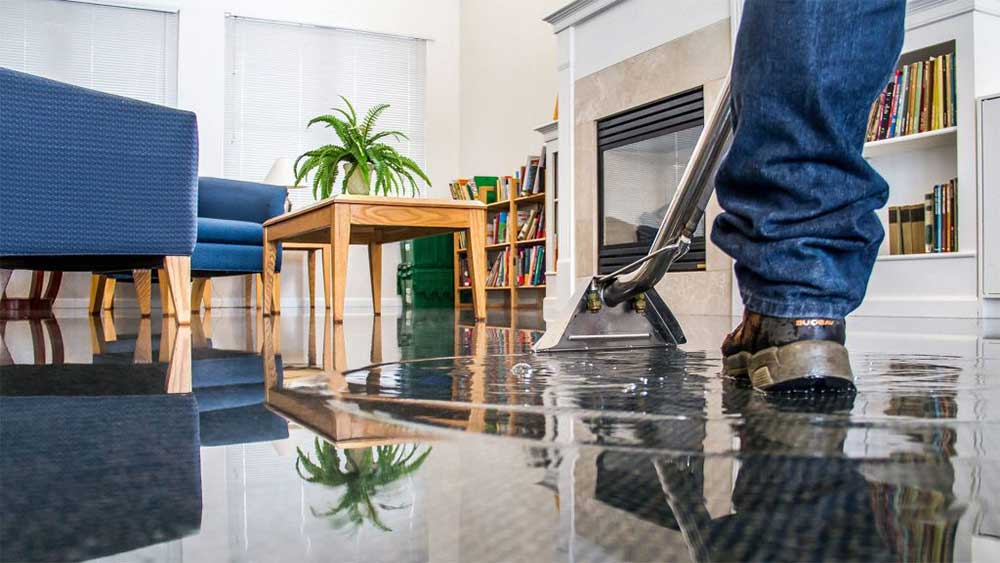Do's & Don'ts of Water Restoration.
Do's & Don'ts of Water Restoration.
Blog Article
They are making several great observations regarding Fire And Water Damage Prevention in general in this great article directly below.

Though water provides life, water breach on components where it's not supposed to be can lead to damage. It can peel off away surface areas and wear down the structure if the water soaks into your structure. Mold and mildew and also mold likewise flourish in a wet environment, which can be harmful for your health and wellness. Houses with water damages odor stuffy and also old.
Water can originate from many resources such as tropical cyclones, floodings, burst pipes, leaks, as well as sewer issues. In case you experience water damage, it would be excellent to recognize some safety precautions. Right here are a couple of standards on just how to handle water damages.
Do Prioritize House Insurance Policy Protection
Water damages from flooding because of hefty winds is seasonal. You can likewise experience an unexpected flood when a faulty pipe all of a sudden bursts right into your residence. It would certainly be best to have home insurance coverage that covers both disasters such as all-natural calamities, and also emergencies like damaged plumbing.
Don't Neglect to Turn Off Utilities
In the event of a calamity, particularly if you stay in a flood-prone area, it would be suggested to shut off the main electric circuit. This cuts off power to your entire home, preventing electrical shocks when water is available in as it is a conductor. Additionally, don't neglect to switch off the major water line valve. When floodwaters are high, furniture will move and also cause damages. Having the main valve shut down avoids more damages.
Do Remain Proactive and also Heed Climate Signals
Tornado floodings can be very uncertain. Stay aggressive and also ready if there is a history of flooding in your area. Pay attention to discharge cautions if you live near a lake, river, or creek . Get belongings from the ground floor as well as basement, then placed them on the highest possible degree. Doing so minimizes prospective building damages.
Do Not Ignore the Roof
You can prevent rain damages if there are no openings as well as leaks in your roofing. This will certainly protect against water from moving down your walls and also saturating your ceiling.
Do Take Notice Of Tiny Leakages
A burst pipe doesn't take place over night. You may see gurgling paint, peeling off wallpaper, water streaks, water stains, or dripping audios behind the wall surfaces. Have your plumbing repaired prior to it results in massive damages.
Don't Panic in Case of a Ruptured Pipe
Keeping your clearheadedness is important in a time of situation. Panicking will just compound the issue due to the fact that it will suppress you from acting quickly. Timing is crucial when it comes to water damages. The longer you wait, the more damage you can expect. Therefore, if a pipeline bursts in your house, immediately shut off your main water valve to remove the resource. After that disconnect all electric outlets in the location or shut off the circuit breaker for that part of your home. Ultimately, call a reputable water damages repair specialist for support.
Water offers life, water breach on parts where it's not expected to be can result in damages. Residences with water damage smell old and moldy.
Water damages from flood charges to heavy winds is seasonal. You may see bubbling paint, peeling off wallpaper, water streaks, water discolorations, or leaking audios behind the walls. When it comes to water damages, timing is essential.
Some Do's & Don't When Dealing with a Water Damage
DO:
Make sure the water source has been eliminated. Contact a plumber if needed. Turn off circuit breakers supplying electricity to wet areas and unplug any electronics that are on wet carpet or surfaces Remove small furniture items Remove as much excess water as possible by mopping or blotting; Use WHITE towels to blot wet carpeting Wipe water from wooden furniture after removing anything on it Remove and prop up wet upholstery cushions for even drying (check for any bleeding) Pin up curtains or furniture skirts if needed Place aluminum foil, saucers or wood blocks between furniture legs and wet carpet Turn on air conditioning for maximum drying in winter and open windows in the summer Open any drawers and cabinets affected for complete drying but do not force them open Remove any valuable art objects or paintings to a safe, dry place Open any suitcases or luggage that may have been affected to dry, preferably in sunlight Hang any fur or leather goods to dry at room temperature Punch small holes in sagging ceilings to relieve trapped water (don't forget to place pans beneath!); however, if the ceiling is sagging extremely low, stay out of the room and we'll take care of it DO NOT:
Leave wet fabrics in place; dry them as soon as possible Leave books, magazines or any other colored items on wet carpets or floor Use your household vacuum to remove water Use TV's or other electronics/appliances while standing on wet carpets or floors; especially not on wet concrete floors Turn on ceiling fixtures if the ceiling is wet Turn your heat up, unless instructed otherwise

I recently found that entry about Safety Tips To Prevent Fire And Water Damage when browsing on the web. Enjoyed reading our write-up? Please share it. Help others discover it. We enjoy reading our article about Simple Solutions To Preventing Fire And Water Damage To Your Home.
Report this page